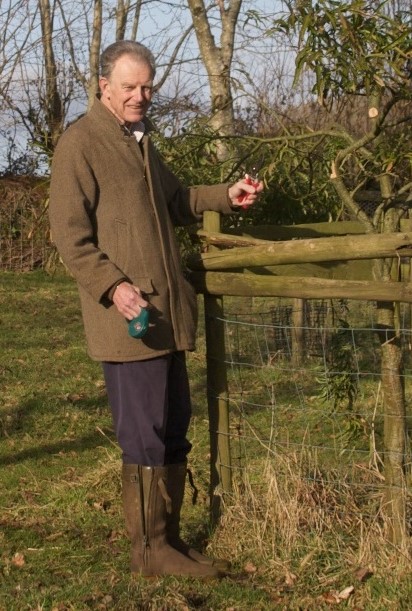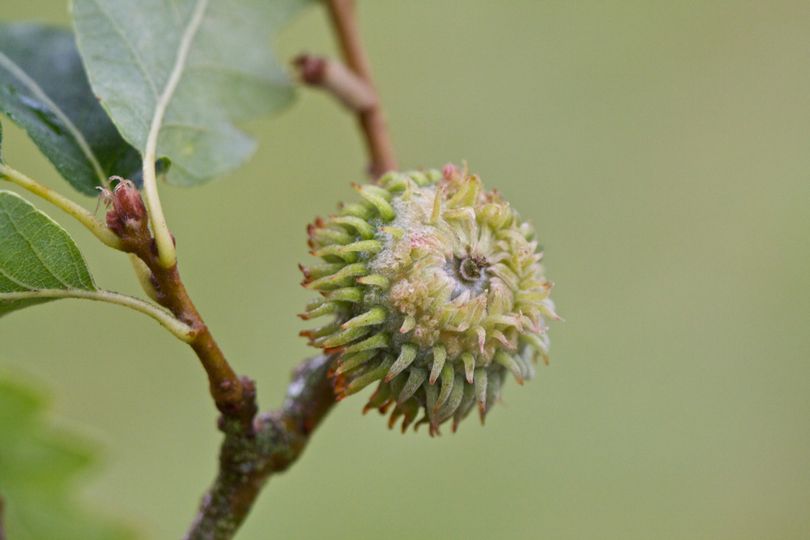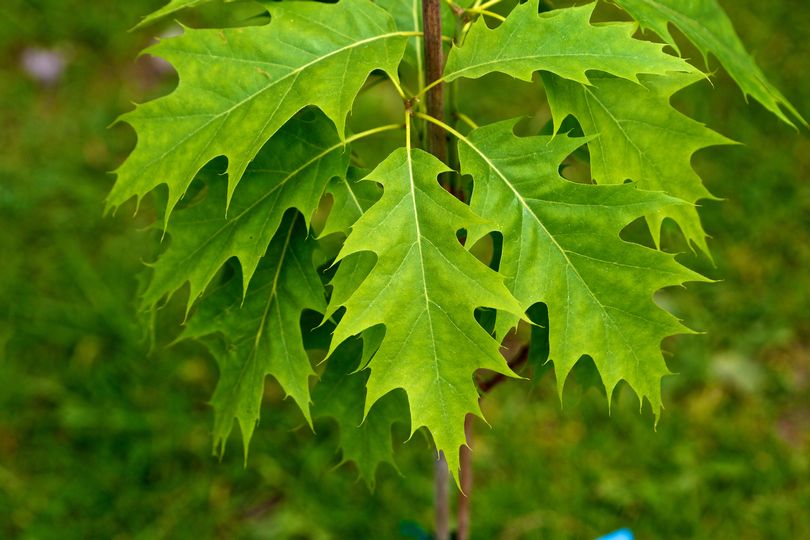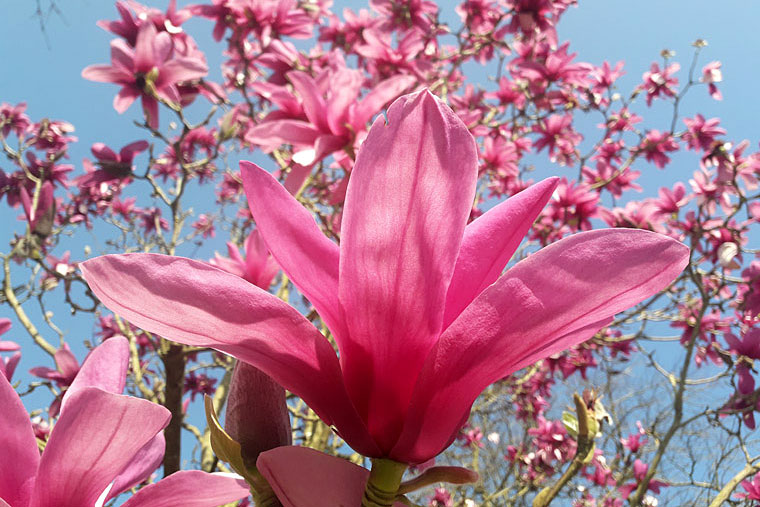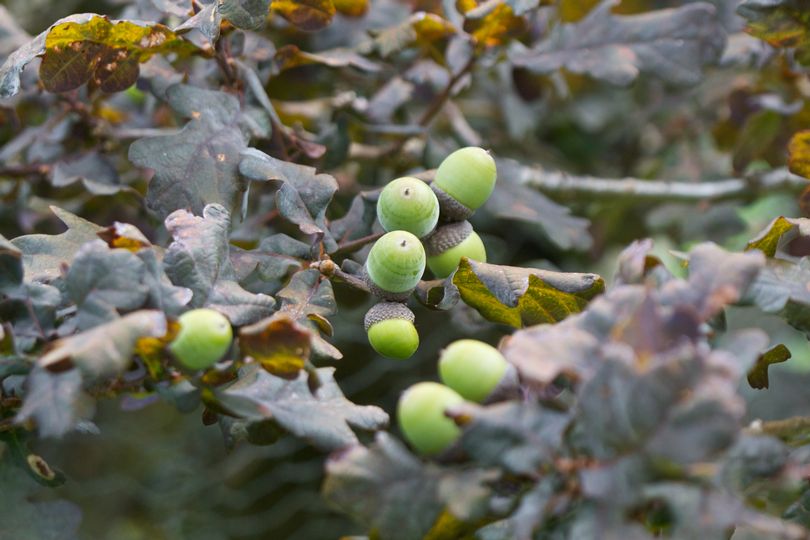Our Story
Alice and I, together with our children Ludo, Lily Sam and Zac, are now living at Chevithorne Barton and trying to get to grips with the extraordinary legacy left by my father. We will continue to expand and support the oak collection, and the garden will in due course be open more frequently for everyone to enjoy his remarkable trees and my great-grandmother’s planting. We are learning slowly about looking after the Quercus, the excitement of newly germinating acorns and the tragedy of trees lost to bad weather and snow which has fallen three times this year. We are beginning to think, as my father suggested in his note below, about how we should edit and curate the collection as the oaks grow larger, throwing their shadows further and beginning other projects around the garden. We’ve been very lucky to have a great deal of help and support from many kind and knowledgeable people. Like the garden, this website will evolve in the future. But it remains above all a tribute to my father’s vision.
Edward Amory, Owner Chevithorne Barton (2018)
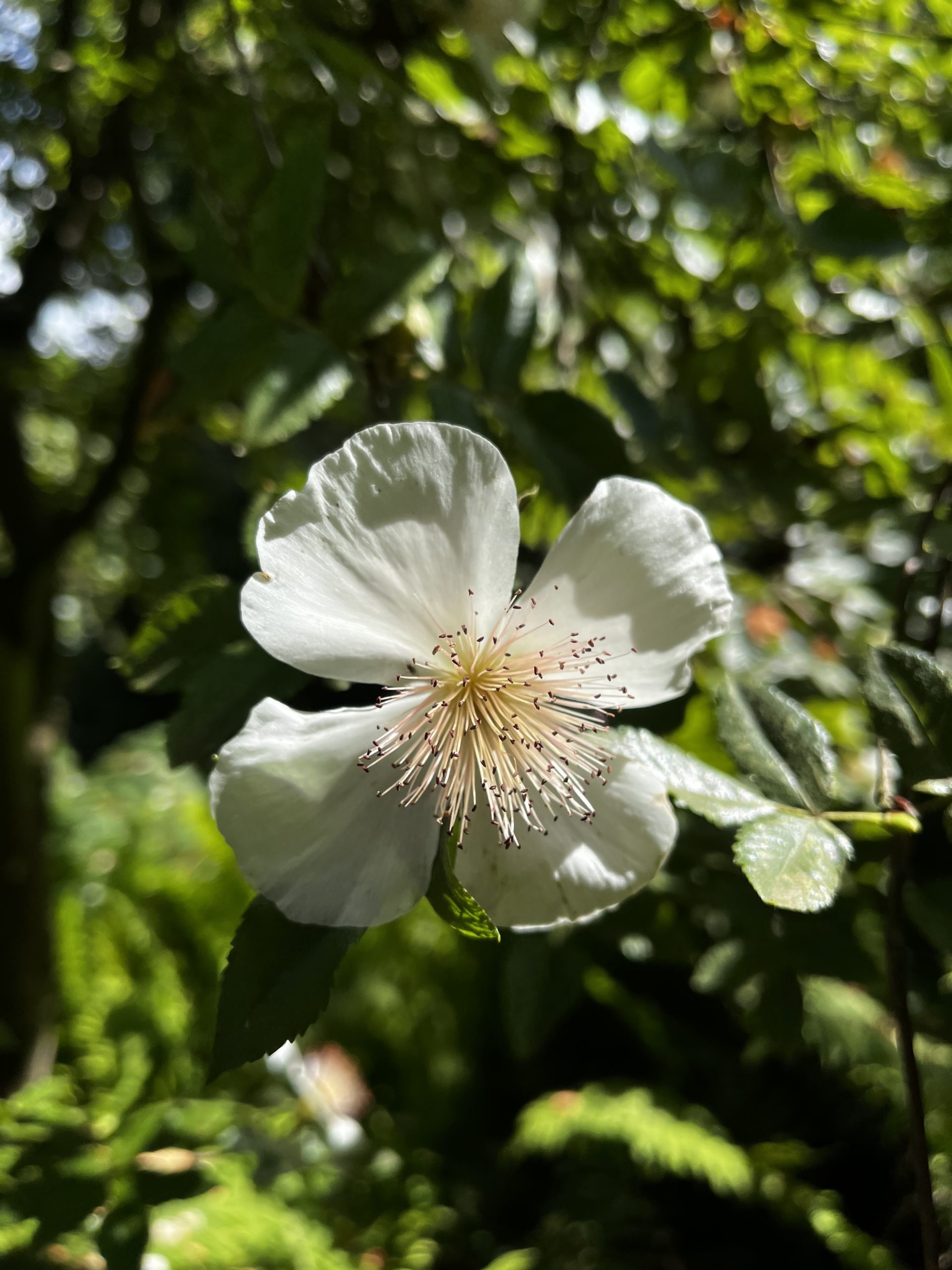
The Gardens
Chevithorne Barton is a late Elizabethan manor-house deep in the Devonshire countryside. It is on a south facing hillside surrounded by gardens, orchards, woods and fields. It has fairly high rainfall and good soil and several streams and leats which are useful in dry weather. Its name derives from ‘Ciffa’s Thorntree’, and is mentioned in the Domesday Book. The core of the current house was built for the Francis family in 1610, although several parts have been destroyed and rebuilt since then. It was bought by Sir John Heathcoat Amory in 1905, and he handed it to his youngest son, Ludovic, my grandfather, when he married in 1911. His wife was Mary ‘May’ Stuart Bannatyne whose family owned a successful milling business in Limerick, but whose father lived at Haldon Hall near Exeter.
The garden was an important part of their plans for the house from the moment they bought it. Letters that Ludy, as he was known, wrote to my grandmother from the front line during the First World War contain constant references to the garden and their ideas for it. In October 1917, he wrote: ‘I wish I’d seen our Michaelmas daisies at their best. I always love them with the little Jap anemones.’ But he was killed in August 1918, and all of her three sons – including my father, Gerald – met the same fate during the Second World War. My grandmother was therefore alone at Chevithorne Barton for large periods of her life. Partly because of her rather tragic history, she threw herself into gardening and developed a notable plantswoman’s garden with the emphasis on rock gardens, herbaceous borders and plants that grow well in woods. She planted some fine trees and shrubs notably a large tulip tree and a Magnolia ×veitchii which can be seen flowering from three miles away in the spring. Her generation of gardeners included Margery Fish and Lanning Roper, who reputedly got some of his early inspiration from her garden.
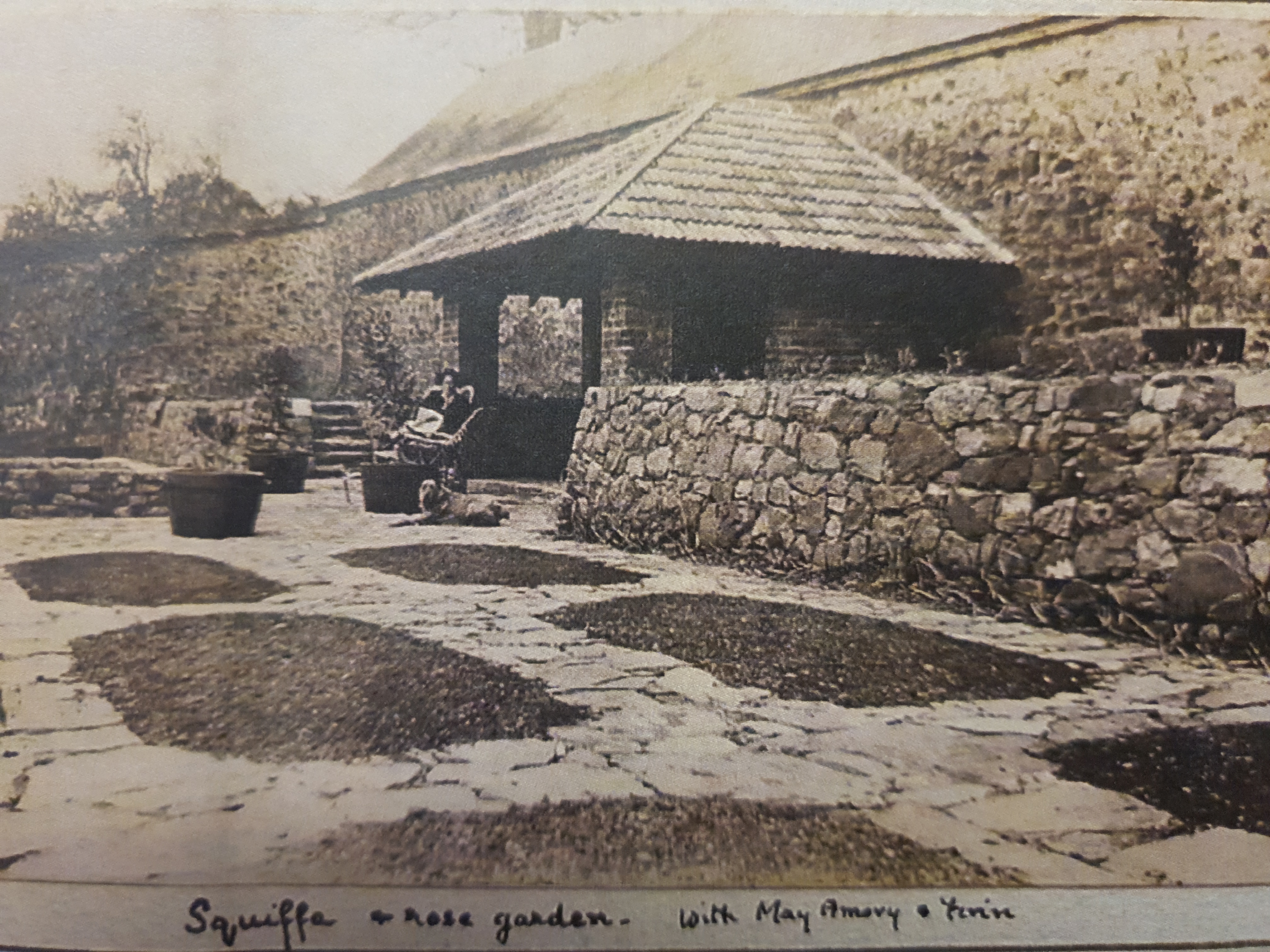
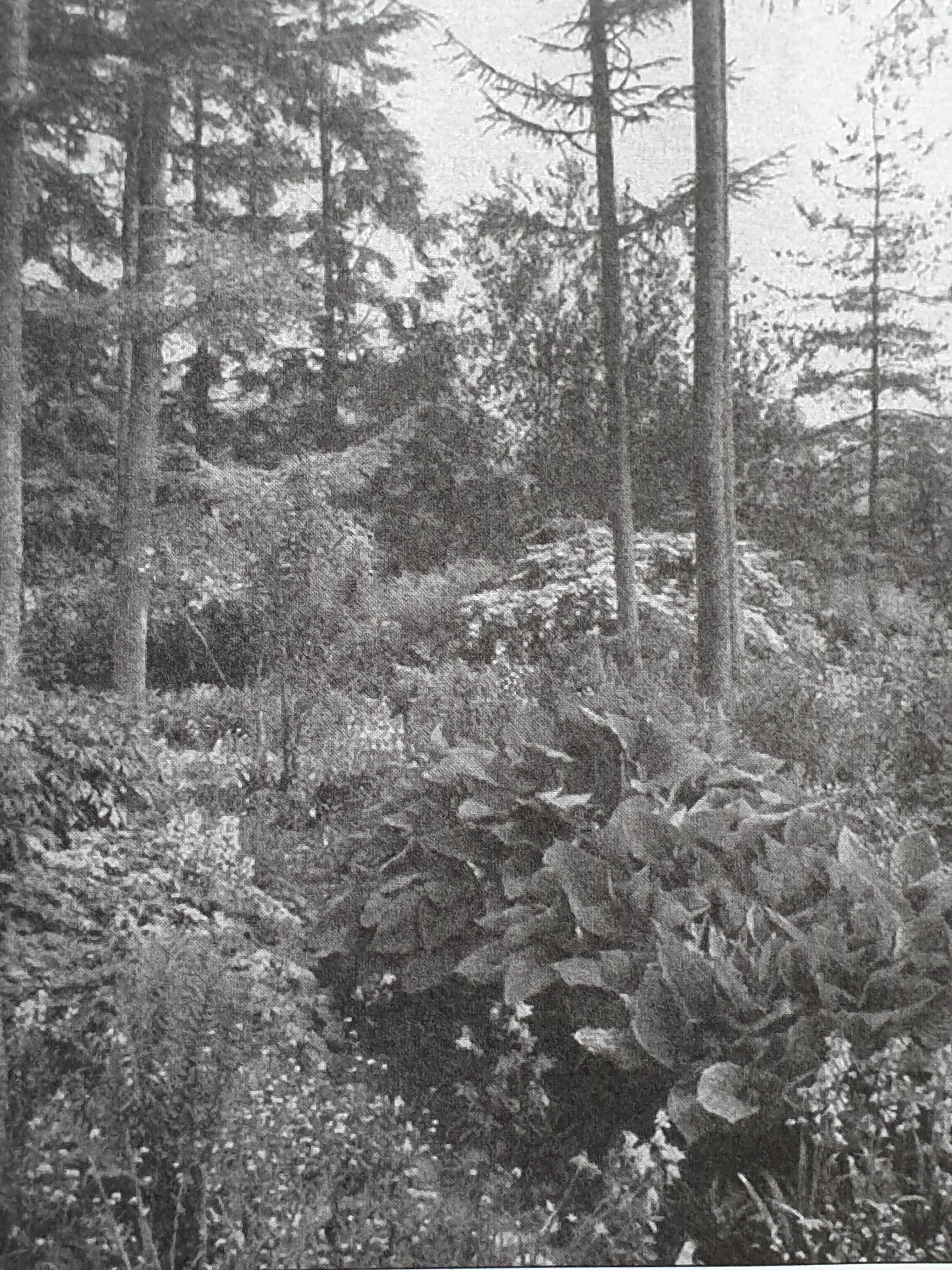
The future
From the outset, I intended the collection to be as comprehensive a collection of oaks as our climate allowed, bearing in mind that although we live in Devon, Chevithorne Barton is over 25 miles from both the north and south coasts and around 150 m (492 ft) above sea level. It is also rather damp by southern England standards (rainfall is about 35 in / 88.9 cm a year). We also get our fair share of snow and a fair number of early and late frosts. The latter can be mitigated against by careful planting but in most years they do affect quite a number of oaks, many of which tend to put on growth early in the spring or late in the autumn and are therefore more susceptible to subsequent cold winters.
At present, many of the oaks are still small, but in fifty years time, the garden and surrounding landscape at Chevithorne will have changed profoundly. My grandmother’s plantswoman’s garden will have evolved and be framed in the context of a landscape dominated by mature oak trees. Our oaks grow at different speeds, sometimes faster and sometimes slower than in their countries of origin. A traditional English oak will still take more than a hundred years to reach maturity, but some of the American oaks will be mature in less than fifty years. A few of the Mexican oaks are currently growing as fast as bamboos, between 1 m and 2 m (3 ft 6 in to 7 ft 2 in) a year, but for how long we do not know, and it may leave them weak and unable to withstand the strong winds that seem to be becoming more frequent.
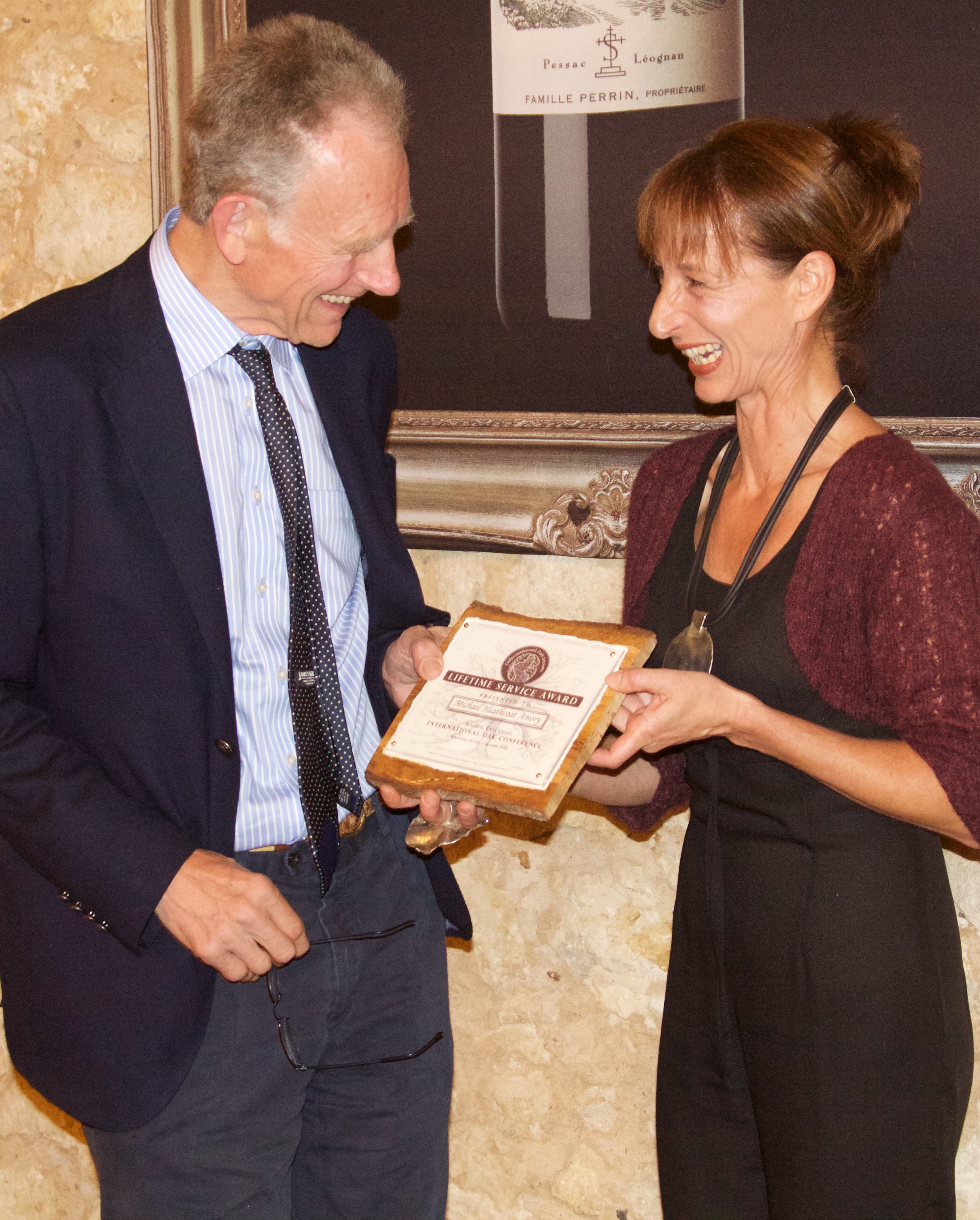
When they are young, the trees benefit from being planted relatively close together for shelter, although they need full sunlight as well. Several have had to be moved from sheltered to sunnier positions. As they grow older, some will have to be thinned out to ensure that the remainder have room to reach their full potential. So, wherever possible, we like to have several specimens, especially of rarer and more vulnerable trees.
Several decades after embarking modestly on our oak project, I feel that in some ways we are still just starting out. There is much more to do, both in looking after the oaks that we already have to give them the best chance to thrive, and in expanding the collection to the limits of what will grow here. And we have come to be grateful that we are in Devon because the combination of relatively warm winters, reasonably high rainfall, and strong, deep, loamy soil seems to suit nearly all the oaks we are trying to grow. In other words the range of oaks we are growing is unusually diverse. Climate change may well play a part in setting our parameters, although whether that means warmer weather, or merely more variable and extreme conditions, remains to be seen. Whatever happens, I hope Chevithorne’s oak collection remains very much a work in progress for many years to come.
Micheal Heathcoat Amory, Founder of the Oak Collection, Chevithorne Barton
